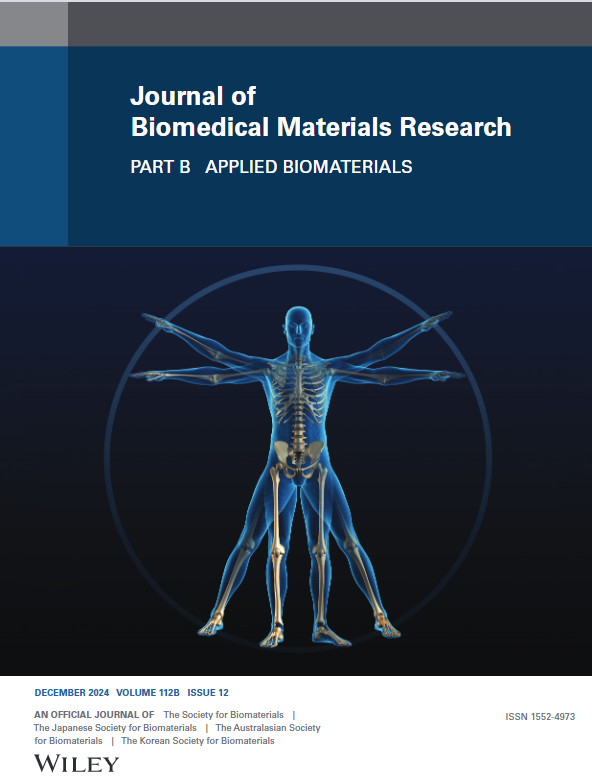Optimizing Electroconductive PPy-PCL Scaffolds for Enhanced Tissue Engineering Performance
Abstract
The integration of electrically conductive materials is a promising approach in tissue regeneration research. The study presented focuses on the creation of electroconductive scaffolds made from polypyrrole-polycaprolactone (PPy-PCL) using optimal processing parameters. Utilizing Box–Behnken response surface methodology for in situ chemical polymerization of PPy, the scaffolds exhibited a maximum conductivity of 2.542 mS/cm. Morphological examination via scanning electron microscopy (SEM) indicated uniform dispersion of PPy particles within PCL fibers. Fourier transform infrared spectroscopy (FTIR) and energy dispersive x-ray (EDX) analysis validated the composition of the scaffolds, while mechanical testing revealed that the optimized scaffolds exhibit superior tensile strength and Young's modulus compared to scaffolds comprised only of PCL. The hydrophilicity of the scaffolds was improved considerably, transitioning from initially hydrophobic to fully hydrophilic for the optimum scaffold, making it suitable for tissue engineering applications. Cell viability assays, including MTT with L929 fibroblasts and Alamar Blue with bone marrow mesenchymal stem cells (bmMSCs), reflected no cytotoxicity. They showed an increase in metabolic activity, suggesting the capability of the scaffolds to support cellular functions. In conclusion, the in situ synthesis of PPy in the PCL matrix by optimizing the fabrication parameters resulted in conductive scaffolds with promising structural and functional properties for tissue engineering.

 求助内容:
求助内容: 应助结果提醒方式:
应助结果提醒方式:


